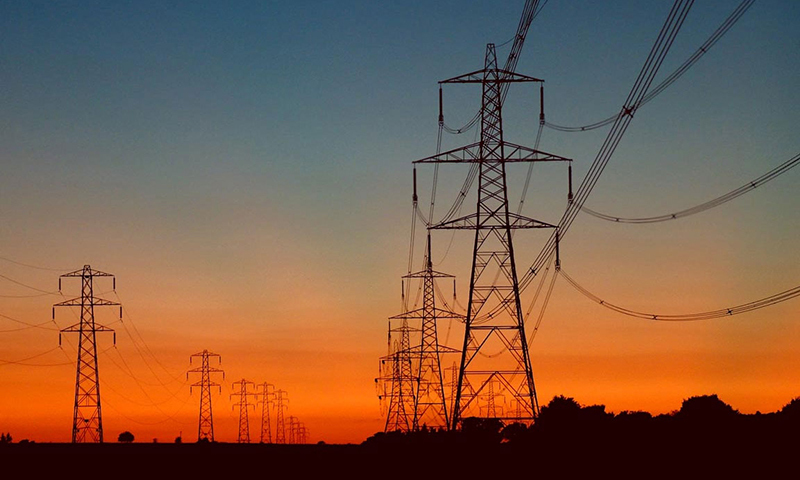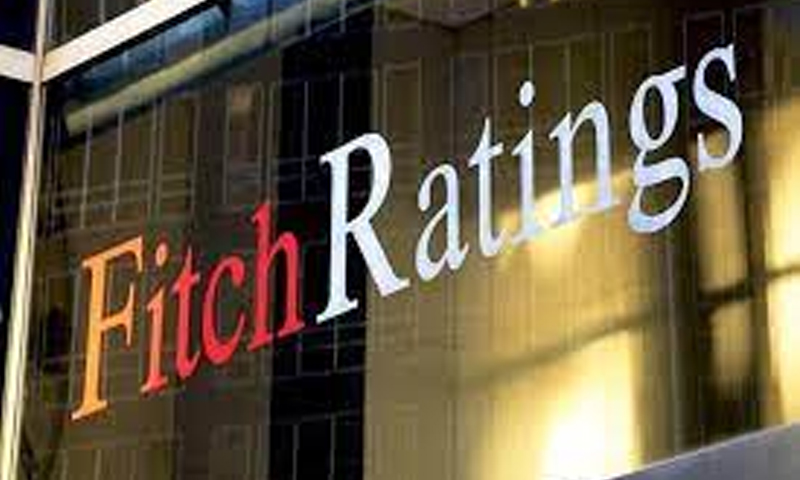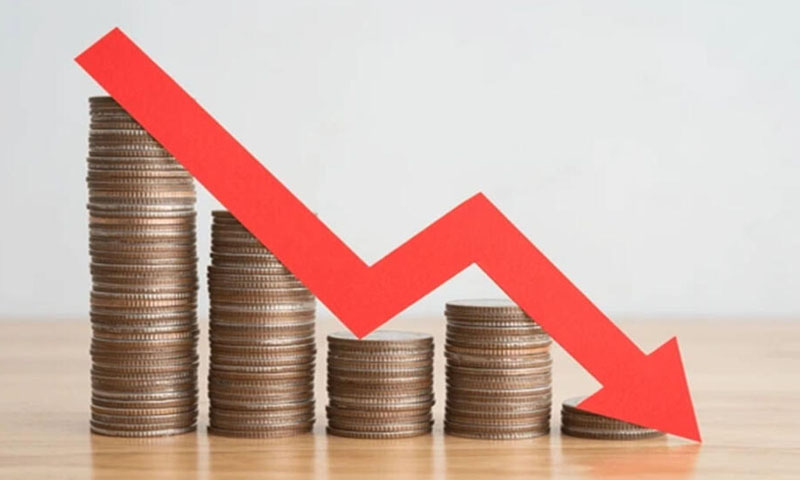- Web Desk
- Today
Electricity price hikes fail to stem growing circular debt
-

- Web Desk
- Oct 03, 2023

ISLAMABAD: Despite repeated tariff increases, the issue of circular debt in the power sector continues to escalate, as reported by Dawn news. The government’s attempts to address the problem through strategic hikes in electricity prices on a monthly, quarterly, and annual basis have proven ineffective in recovering capacity charges owed to power producers.
The latest development in this ongoing saga came to light on Monday when the National Electric Power Regulatory Authority (NEPRA) announced a uniform additional quarterly tariff adjustment of Rs 3.2814 per unit in electricity bills for all consumer categories (excluding lifeline consumers) and businesses. This adjustment is set to remain in effect for the next six months, until March 2024. The cumulative financial impact of this adjustment exceeds Rs 200 billion, including Rs 136 billion designated for additional cash flows to 10 former Water and Power Development Authority (WAPDA) distribution companies (DISCOs), along with an additional 18 percent in GST.
Petroleum sales in Pakistan decline by 34% due to high prices
Concurrently, the Power Division unveiled the National Electric Plan (NEP) for the period 2023-27, which had received approval from the previous coalition government on August 8. The NEP outlines a plan for partial recovery of capacity charges owed to independent power producers (IPPs) through fixed charges, with exceptions made for consumers falling within the very poor category.
The Power Division also made available a circular debt report on its website, reflecting data up to June 30. The report revealed that payables to IPPs had risen to Rs 1.434 trillion, while the total circular debt had reached Rs 2.31 trillion. Comparing these figures to the previous fiscal year, payables to IPPs had increased by Rs 83 billion, and the total circular debt had grown by Rs 57 billion during FY23.
The NEP articulates the intention to progressively incorporate fixed charges into tariffs for all consumer segments, excluding those classified as protected categories. These fixed charges will factor in the share of capacity costs within the cost of service, market dynamics, consumer behavior, and affordability considerations. The goal is to ensure that, by FY27, fixed charges will represent at least 20 percent of the fixed costs associated with the respective categories, as determined through a comprehensive cost-of-service study.




